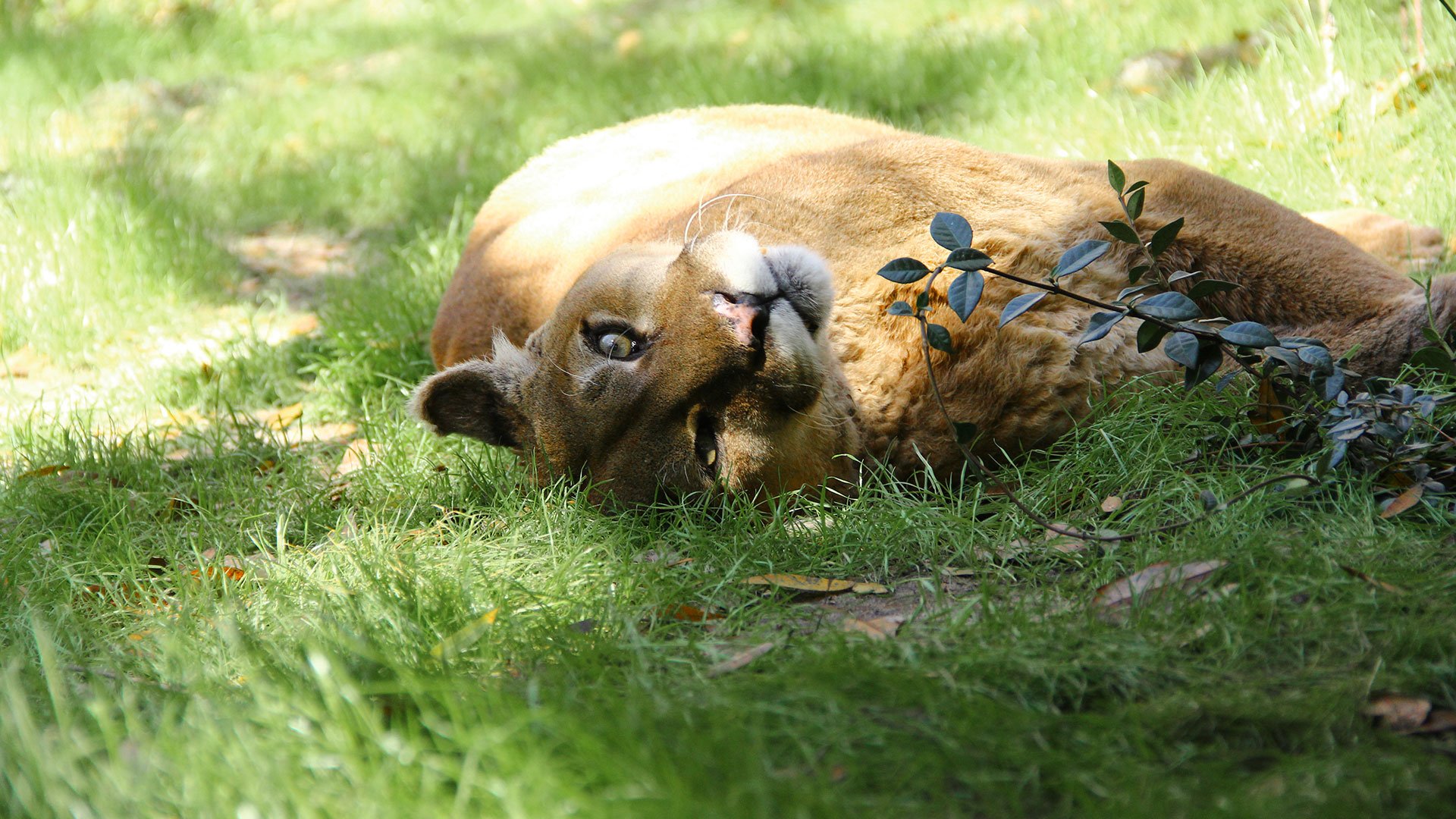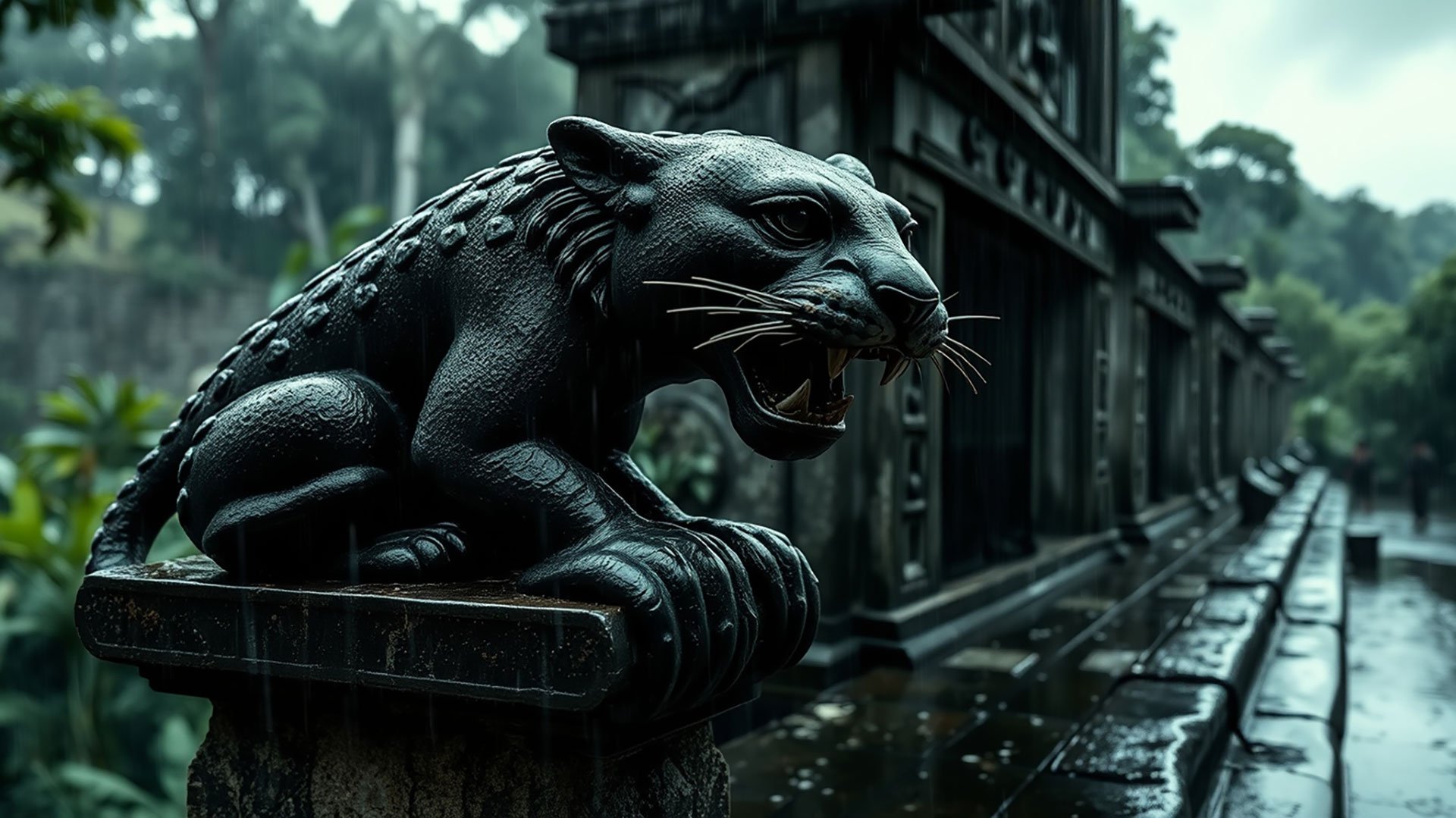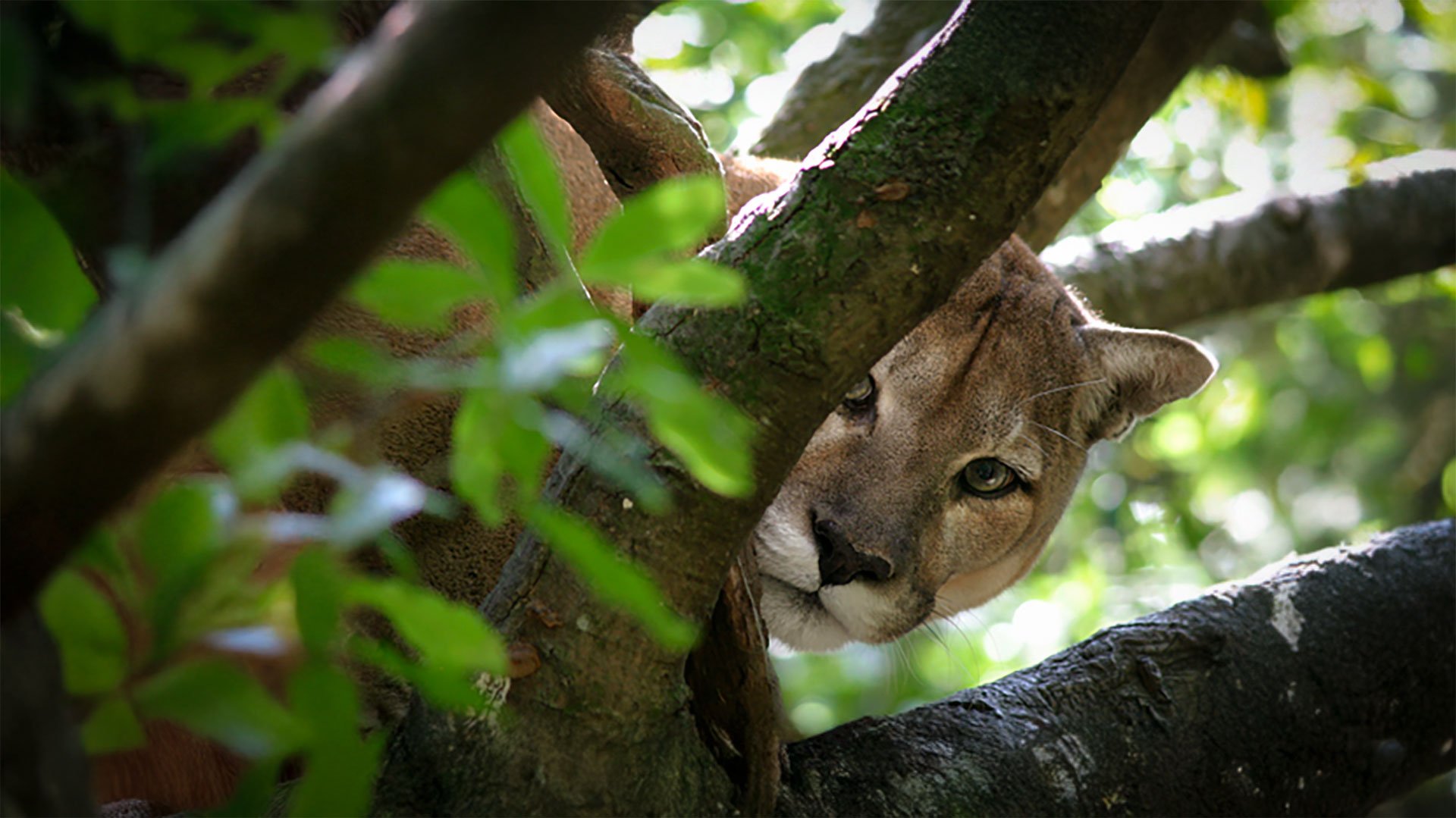The Bridge to Survival: Florida's Bold Leap to Reconnect Wildlife Across I-4
A photorealistic 16:9 video of a wildlife overpass in Florida. The bridge should appear green and natural, with grassy soil on top and 8-foot noise walls on the sides. Wildlife silhouettes of a panther, bear, bobcat, and deer are visible on the wall. In the foreground, a Florida panther cautiously steps onto the bridge from one side while a black bear waits on the other, set against a background of a modern highway with light traffic and forested land on both sides.
For more than 40 years, the deer on one side of Florida’s Interstate 4 had never seen their kin on the other. They weren’t separated by rivers or fences — just one unrelenting stretch of roaring highway. But soon, a bridge of life will rise from the weeds and warehouses of Polk County, reconnecting the ancient paths of Florida’s native creatures with a bold new vision for coexistence.
Welcome to the future of wild Florida.
A Concrete Lifeline for Florida’s Wildest
Imagine you’re a Florida panther — one of only about 200 remaining in the wild. You’ve followed your instincts northward, searching for new territory, a mate, or safer ground. But when you reach I-4 — a seething artery of commerce between Tampa and Orlando — your journey ends. There is no safe way forward.
That’s what happened to a bear named M34, who inspired the dream of the Florida Wildlife Corridor. Tracked by researchers, M34 attempted again and again to cross I-4, only to be pushed back south, eventually logging a heartbreaking 500-mile round trip. He couldn’t get past the pavement. But his story helped fuel a movement.
A Bridge Like No Other
Now, construction is underway on Florida’s first dedicated wildlife overpass — a 44-foot wide, 8-foot tall-walled crossing that will carry dirt and grass across one of the state’s busiest highways. Animal silhouettes — deer, panther, bobcat, bear — will be embossed along the walls, not just for decoration, but as a tribute to the wild lives this structure seeks to save.
Brent Setchell, a design engineer with the Florida Department of Transportation (FDOT), calls this overpass a last chance: “This is really our last thread in Polk County to be able to cross wildlife from south to north.”
Indeed, this $18 million bridge is more than steel and soil — it’s a lifeline. It will connect the Tenoroc and Peace River preserves to the vast Green Swamp, ensuring that animals can move freely without risking death on the asphalt.
Why Now? Because It’s Almost Too Late
Development has exploded along the I-4 corridor. Where once wetlands and pine forests stretched, now warehouses and subdivisions creep ever closer. Wildlife has been squeezed into shrinking pockets of habitat. Without corridors to connect them, isolated populations suffer from inbreeding, starvation, and road mortality.
This overpass represents a pivot — a literal and symbolic bridge between ecological necessity and political will.
And the tides are turning.
FDOT Secretary Jared Perdue declared at the recent Corridor Connect conference that “wildlife connectivity has become a big part” of transportation planning. “If it is an important area for wildlife, we’re providing the space for them to get underneath or over — or whatever it takes.”
A Tale of Two Crossings
Years ago, an underpass was built under I-4 near Winter Haven. Though functional, the noise and vibration from above scared many animals away. Still, some have dared to use it — including alligators, thanks to a creek designed to flow beneath the road.
But this new overpass will be quieter, greener, and more inviting — especially to large mammals like bears and panthers who are sensitive to noise.
“This is the first time the deer on the south side of I-4 have seen the deer on the north side in more than 40 years,” Setchell said. “That’s essentially what’s happened with this crossing.”
Why Big Cats Need Big Connections
For the endangered Florida panther, these crossings are not a convenience — they are a matter of survival.
Hemmed into South Florida, panthers face the constant threat of inbreeding, roadkill, and shrinking territory. Opening up pathways northward — toward the Green Swamp and beyond — offers hope for expanding their range and strengthening their gene pool.
Wildlife crossings like this one could be the difference between extinction and expansion.
More Than a Local Issue
With over 200 wildlife underpasses across the state and more planned, Florida is emerging as a national model for wildlife connectivity. But it’s not just about bears and panthers.
These structures protect drivers too. Just one day before this story aired, two motorcyclists collided with a 6-foot alligator on I-4. They survived. The alligator didn’t. These tragedies can be avoided with the foresight to build smarter infrastructure.
Hope on the Horizon
So what can you do to help? Support conservation groups like Big Cat Rescue that are investing in wildcat habitat preservation. Encourage your local representatives to consider wildlife in their urban planning. Share the story of M34, of the deer divided for decades, and now — finally — reunited.
Because when we build bridges, we don’t just connect forests. We connect futures — ours and theirs.
Learn more: https://www.wusf.org/environment/2025-06-26/new-wildlife-crossing-overpass-over-interstate-4








